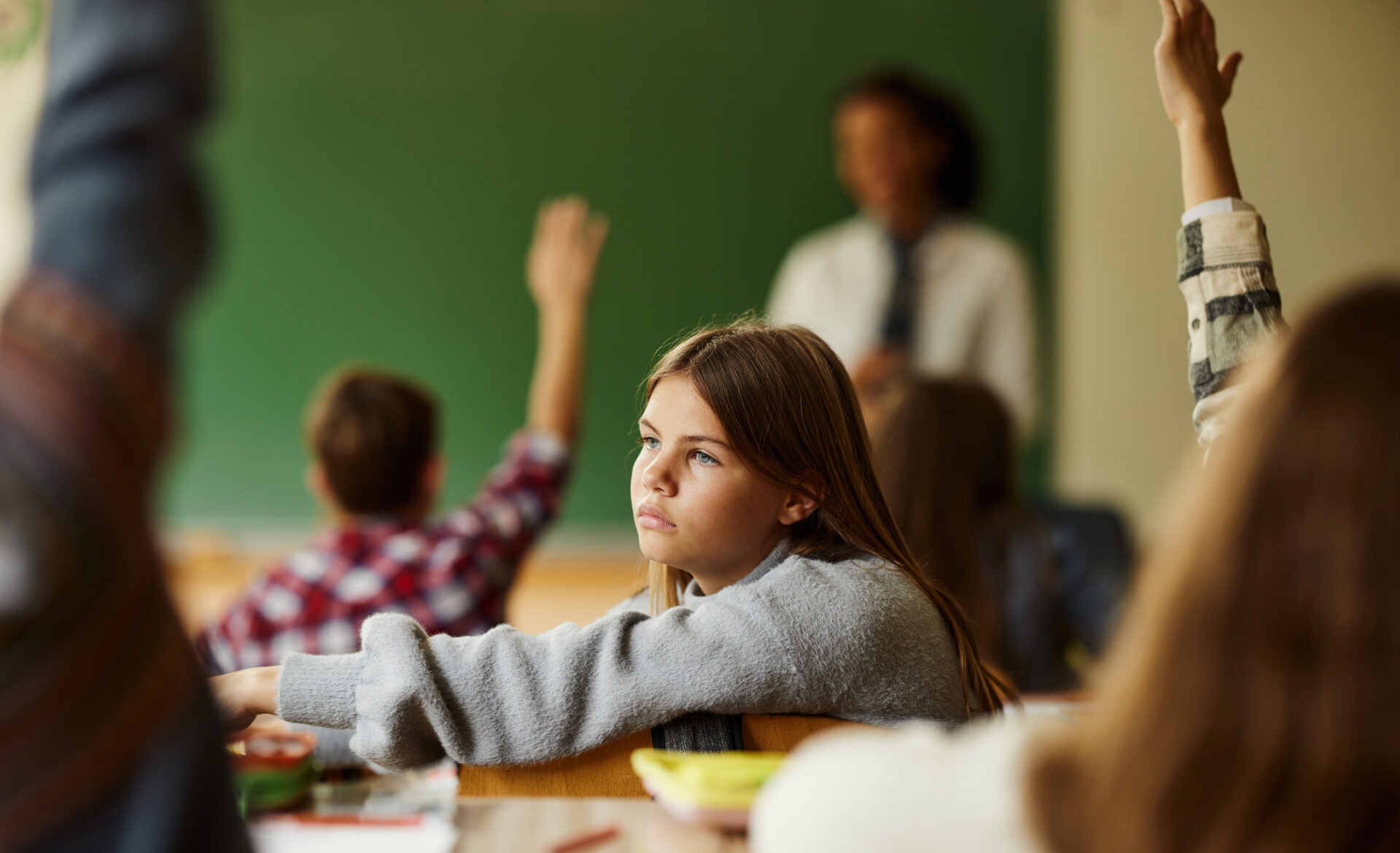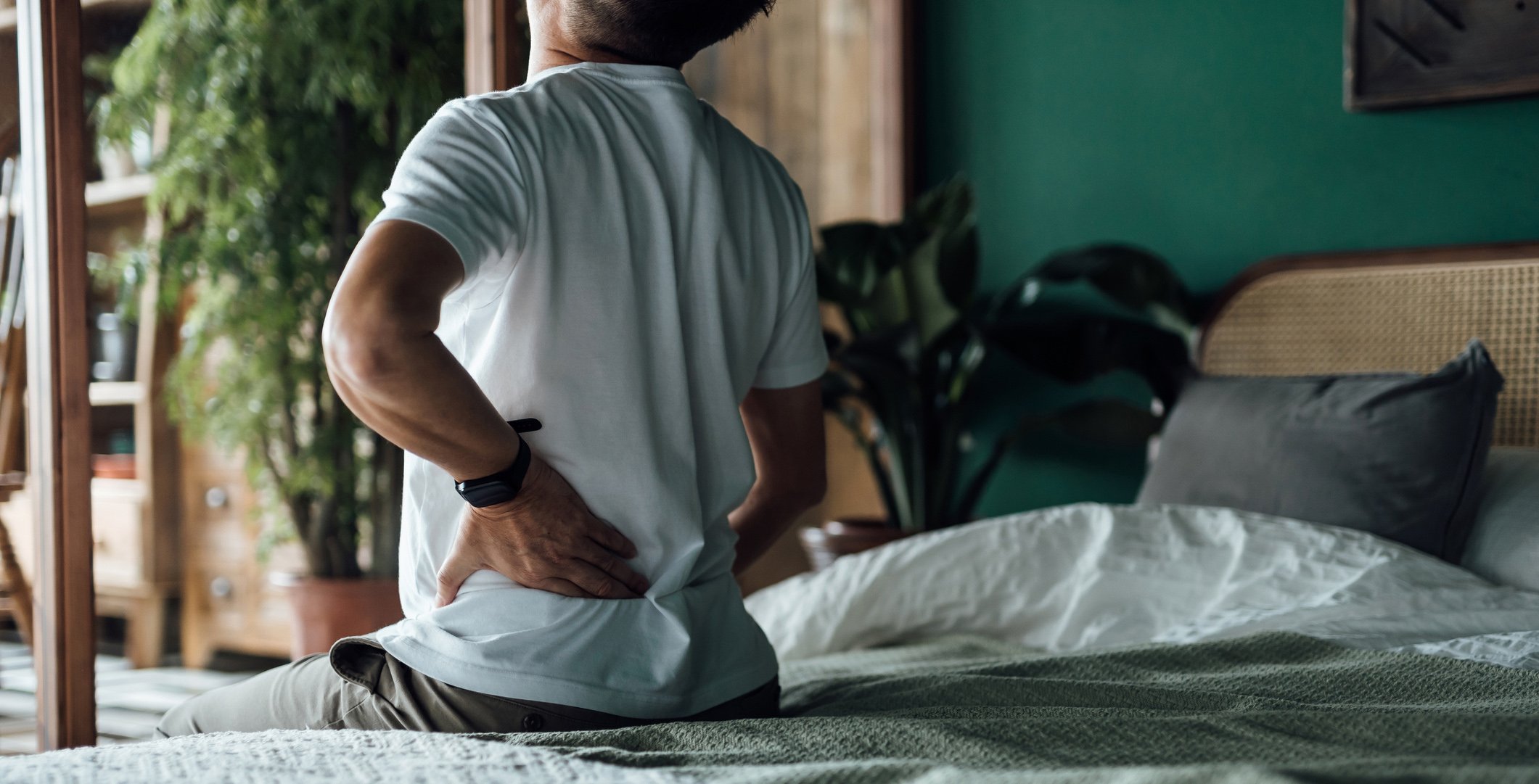Valerian (Valeriana officinalis L.) and lemon balm (Melissa officinalis L.) have synergistic effects when used in combination. In an observational study of over 900 schoolchildren, restlessness and sleep disorders were reduced and in a further study of over 150 children, concentration disorders, hyperactivity and impulsivity improved. The tolerability of the herbal preparation was generally very good, with only a few side effects occurring.
Attention problems, hyperactivity and impulsivity in children cause far-reaching psychosocial difficulties, particularly in the family and at school [1–3]. In addition to schoolchildren who have an ADD/ADHD diagnosis according to DSM-IV or ICD-10, there are also a number who exhibit subsyndromic symptoms [4–6]. Phytotherapeutics are well accepted by both parents and children and are generally very well tolerated [7,8].
Valerian (V. officinalis L.) as monotherapy or in combination with other herbal medicines has been shown to improve sleep disorders in adults and children [9,10]. Lemon balm (M. officinalis L.) promotes relaxation and helps to fall asleep, and there is also evidence of improved attention in young adults [11]. Dormiplant® (WS® 1303/WS® 1014, Schwabe Pharma AG) is a herbal medicine based on valerian and lemon balm [12] (box) .
| One film-coated tablet of Dormiplant® contains ethanolic dry extracts of valerian 160 mg (3-6:1) and lemon balm 80 mg (4-6:1) [12]. In Switzerland, this herbal medicine is approved for children from the age of 6. Studies show that Dormiplant® is effective and well tolerated not only in adults but also in children. Melissa WS® 1303 causes a presynaptic inhibition of GABA transaminase and valerian WS® 1014 has a postsynaptic GABA A as well as an adenosinergic effect [12]. The complementary combination of lemon balm and valerian has a calming and sleep-promoting effect [12]. |
Hyperactive children became calmer and more focused
A secondary analysis published in 2020 by Shinjyo et al. [13] on the effects of valerian root extracts as a mono- or combination preparation for sleep disorders and associated symptoms also included the two studies described below [1,2]. Both were observational studies. As a result, the combined use of dry extracts of valerian and lemon balm in children of primary school age proved to have a positive effect on hyperactivity, concentration and sleep disorders.
Gromball et al. 2014 [2,13]In restless primary school children with concentration problems and impulsivity, a 7-week treatment with WS® 1014 and WS® 1303 proved to be a useful addition to counseling and education.
- Methods: 169 primary school children who suffered from hyperactivity and concentration difficulties but did not meet the ADHD criteria were treated by 27 pediatricians in private practice over a period of 7 weeks with a daily dose of 640 mg valerian root extract WS® 1014 and 320 mg lemon balm extract WS® 1303. The outcome parameters assessed by pediatricians and parents at baseline and at weeks 2 and 7 using standardized questionnaires were concentration problems, hyperactivity, impulsivity, impaired social behavior, difficulty falling asleep and morning tiredness.
- Results: The evaluations of the parameters assessed by the doctors show that the proportion of children with severely/very severely impaired ability to concentrate fell from 75% to 14%, with regard to hyperactivity the proportion fell from 61% to 13% and with impulsivity from 59% to 22%. The social behavior, sleep and symptom burden assessed by the parents showed highly significant improvements. Mild, temporary side effects were only observed in two of the children, although a causal relationship with the drug was considered unlikely.
Müller& Klement 2006 [1,13]: The use of a valerian-lemon balm preparation in children under 12 years of age was shown to alleviate restlessness and sleep disorders in this study.
- Methods: In an open, multicenter study, the efficacy and tolerability of a combination preparation of V. officinalis and M. officinalis was investigated in 918 children under 12 years of age (average age: 8.3 years) who suffered from restlessness and insomnia. The dosage was individually adjusted by the investigators, with a maximum of 2×2 tablets/day (mean: 3.5 tablets/day) being prescribed for 4 ± 1 weeks (average 31.9 days). The severity or improvement of symptoms was assessed by investigators and parents.
- Results: Sleep disturbances and restlessness were reduced from moderate/severe to mild or none in most patients. Specifically, 80.9% of patients with dyssomnia and 70.4% of patients with restlessness showed a significant improvement. For the other symptoms listed, the average overall improvement was 37.8%. The effectiveness of the treatment was rated as very good or good (60.5% and 67.7%) by both the parents and the investigators. Tolerability proved to be good or very good in 96.7% of patients; there were no adverse treatment-related events.
Literature:
- Müller S, Klement S: Phytomedicine 2006; 13(6): 383-387.
- Gromball J, et al: Phytomedicine 2014; 21(8-9): 1098-1103.
- Storebø OJ, et al: Cochrane Database Syst Rev 2011; 7: CD008223
- Sass HU, et al: Diagnostic and Statistical Manual of Mental Disorders: Text revision – DSM-IV-TR, 2003. hogrefe: Göttingen. ISBN 3-8017-1660-0.
- American Psychiatric Association: Diagnostic and statistical manual of mental disorders (4th ed., text rev.), 2000, Washington, DC.
- ICD-10-GM – International Statistical Classification of Diseases and Related Health Problems, 10th Revision, German Modification, www.bfs.admin.ch/bfs/de/home/statistiken/gesundheit/nomenklaturen/medkk/instrumente-medizinische-kodierung.html,(last accessed 07.12.2023).
- Kraft K: Phytopharmaceuticals in children – indications, possibilities, limits. Pediatric Practice 2008; 79: 282-289.
- Larzelere MM, Campbell JS, Robertson M: Prim Care 2010; 37: 213-236.
- Fernández-San-Martín MI, et al: Sleep Med 2010; 11: 505-511.
- Francis AJ, Dempster RJ: Phytomedicine 2002; 9: 273-279.
- Kennedy DO, et al: Pharmacol Biochem Behav 2022; 72: 953-964.
- Swissmedic: Medicinal product information, www.swissmedicinfo.ch,(07.12.2023)
- Shinjyo N, Waddell G, Green J: J Evid Based Integr Med 2020 Jan-Dec; 25: 2515690X20967323.
GP PRACTICE 2023: 18(12): 40











